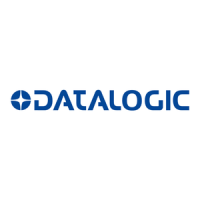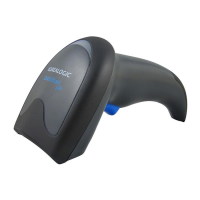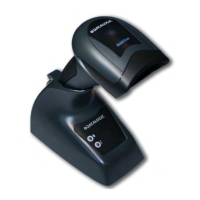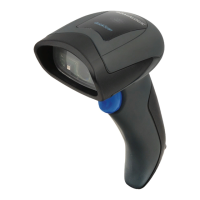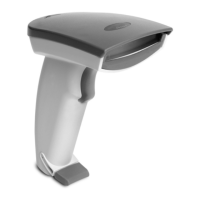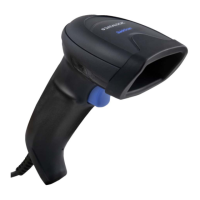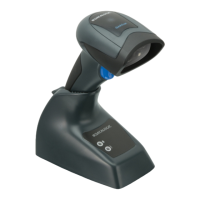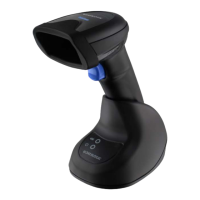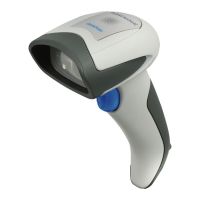Product Reference Guide 201
2D Symbologies
The reader supports the following 2D symbologies (bar code types). Symbol-
ogy-dependent options for each symbology are included in this chapter. See
"1D Symbologies" starting
on page 113 for configuration of 1D bar codes.
2D Global Features
The following features are common to all, or in some cases, most of the avail-
able 2D symbologies. Default settings are in
dicated at each feature/option with
a green arrow. Also reference Appendix B, Standard Defaults for a listing of the
most widely used set of sta
ndard factory settings. That section also provides
space to record any custom settings needed or implemented for your system.
To set most features:
1. Scan the ENTER/EXIT PROGRAMMING bar code at the top of applicable
programming
pages.
2. Scan the correct bar code to set the
desired programming feature or
parameter. You may need to cover unused bar codes on the page, and
possibly the facing page, to ensure that the reader reads only the bar code
you intend to scan.
3. If additional input param
eters are needed, go to Appendix D, Keypad, and
scan the appropriate characters from the keypad.
Complete the programming sequ
ence by scanning the ENTER/EXIT PROGRAM-
MING bar code to exit P
rogramming Mode.
2D Global Features
• 2D Maximum Decoding Time on page 202 • 2D Normal/Inverse Symbol Control on
page 203
• 2D Structured Append on page 203
2D Symbologies
• Aztec Code on page 204 • Micro PDF417 on page 219
• China Sensible Code on page 207 • QR Code on page 222
• Data Matrix on page 210 • Micro QR Code on page 225
• Maxicode on page 213 • UCC Composite on page 228
• PDF417 on page 216 • Postal Code Selection on page 229
NOTE
Additional information about many features can
be found in the “References” chapter.
If you make a mistake before the last character,
scan the CANCEL bar code to abort and not save
the entry string. You can then start again at the beginning.
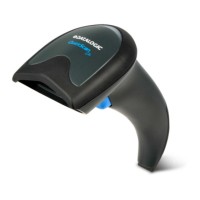
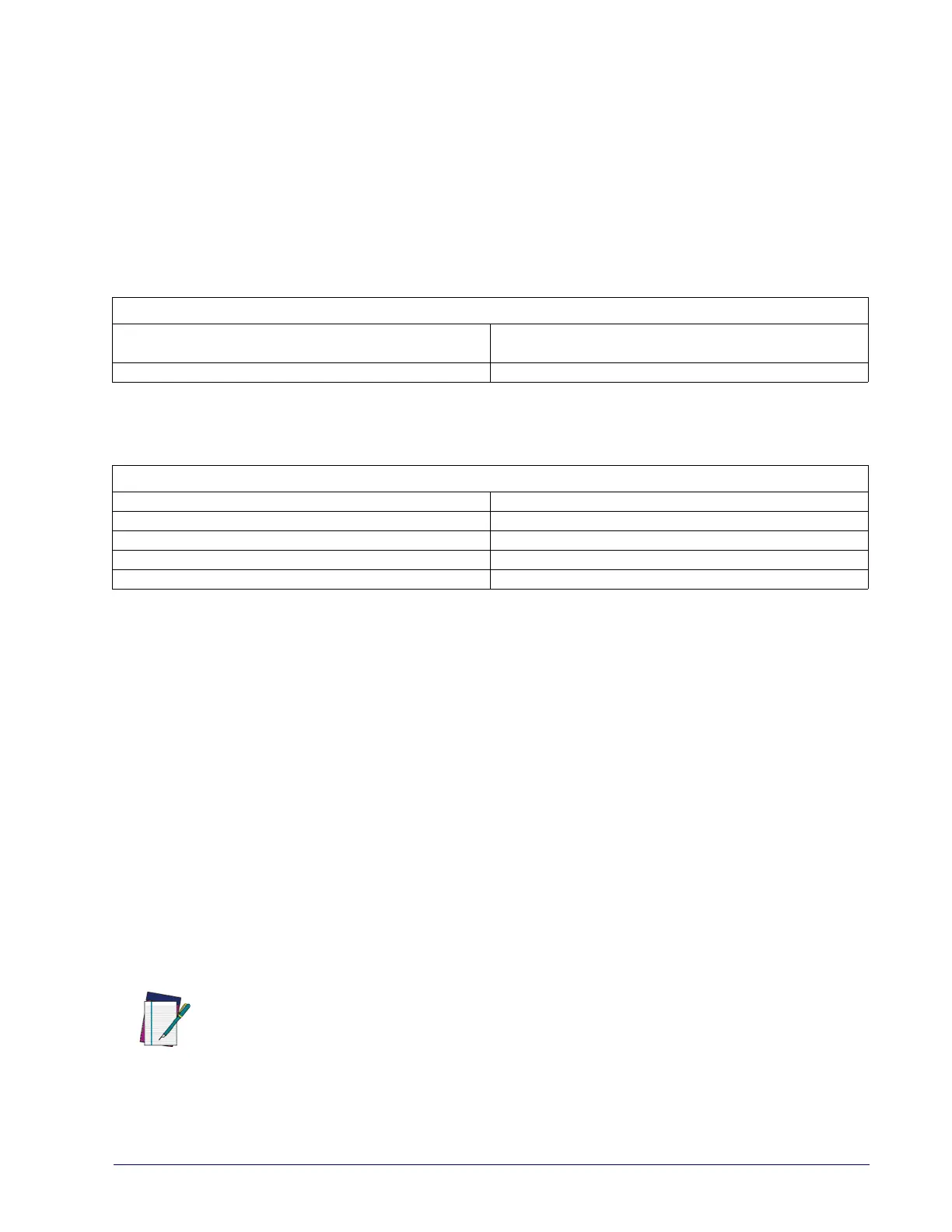